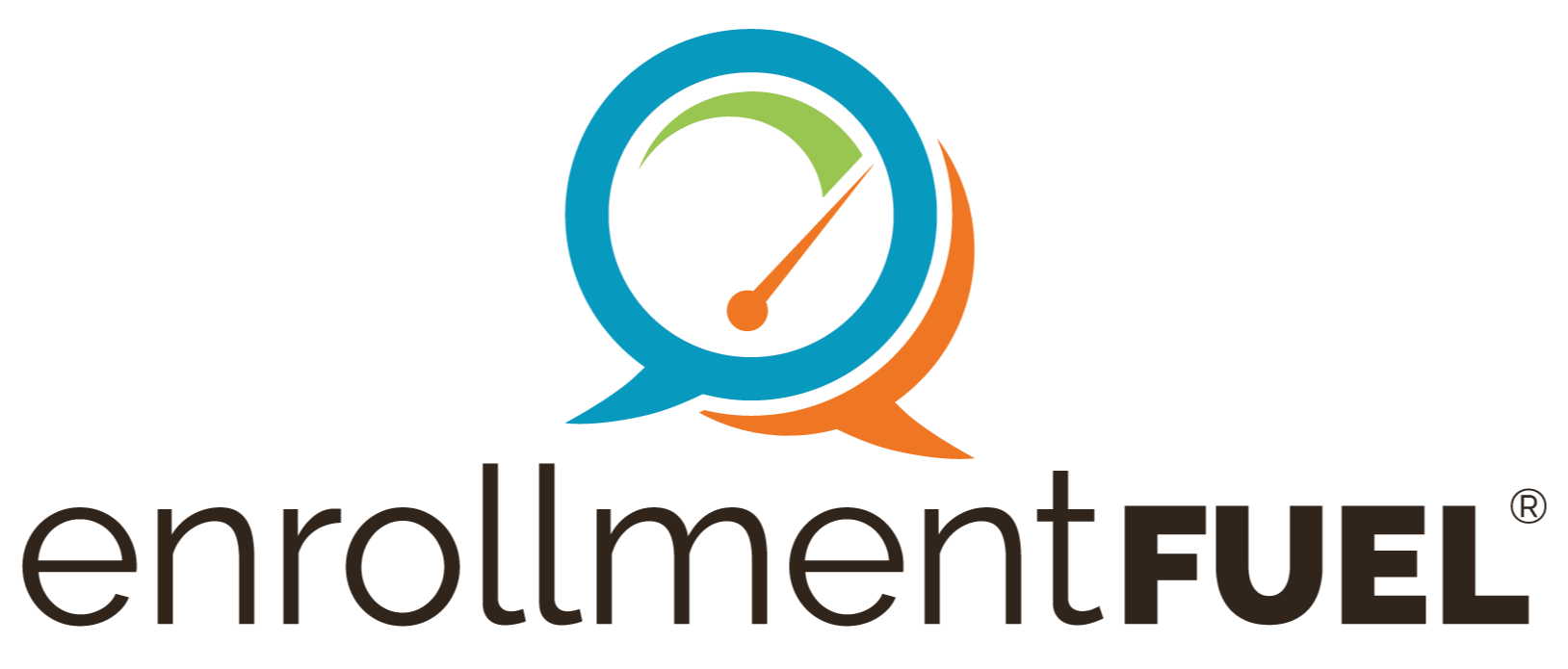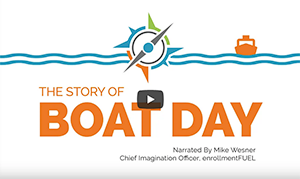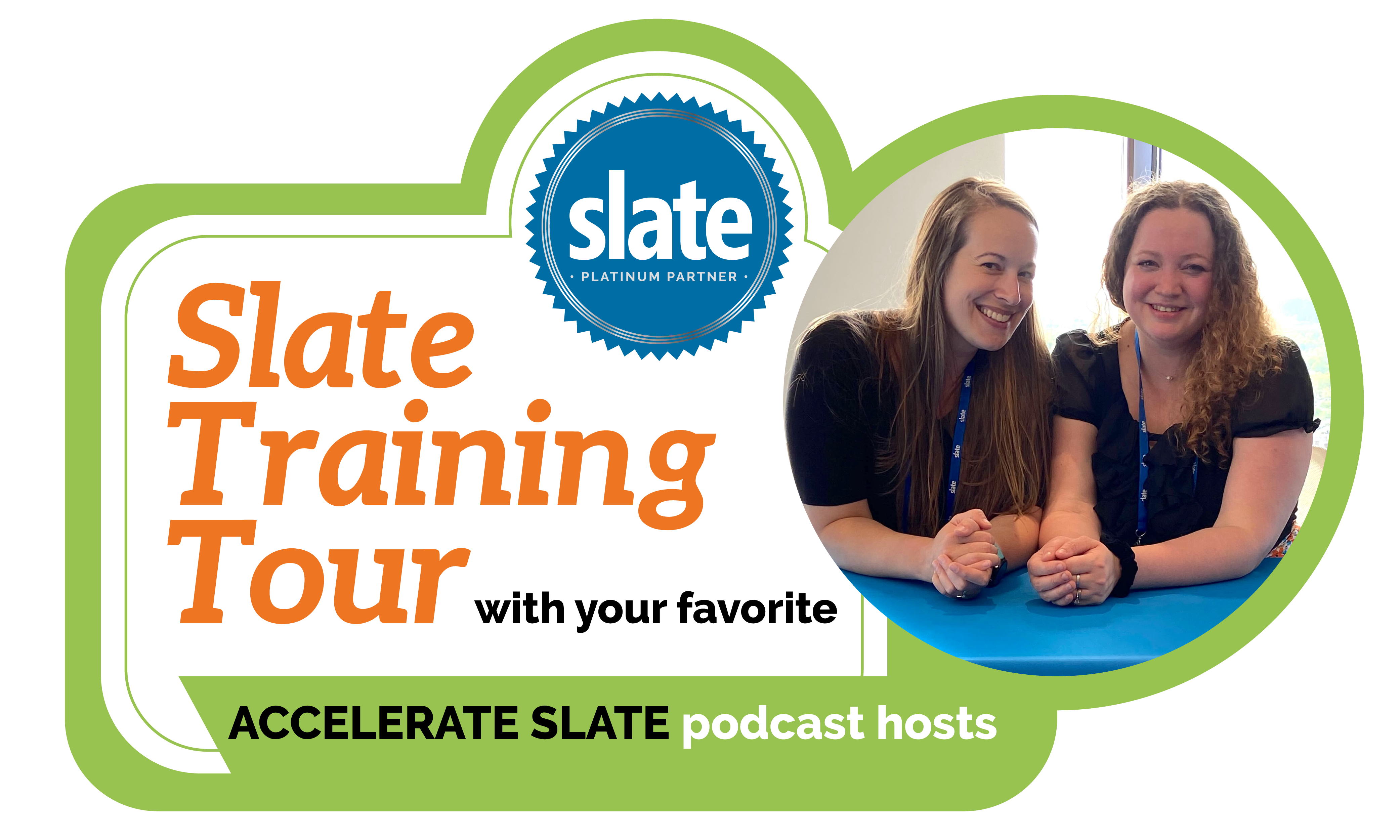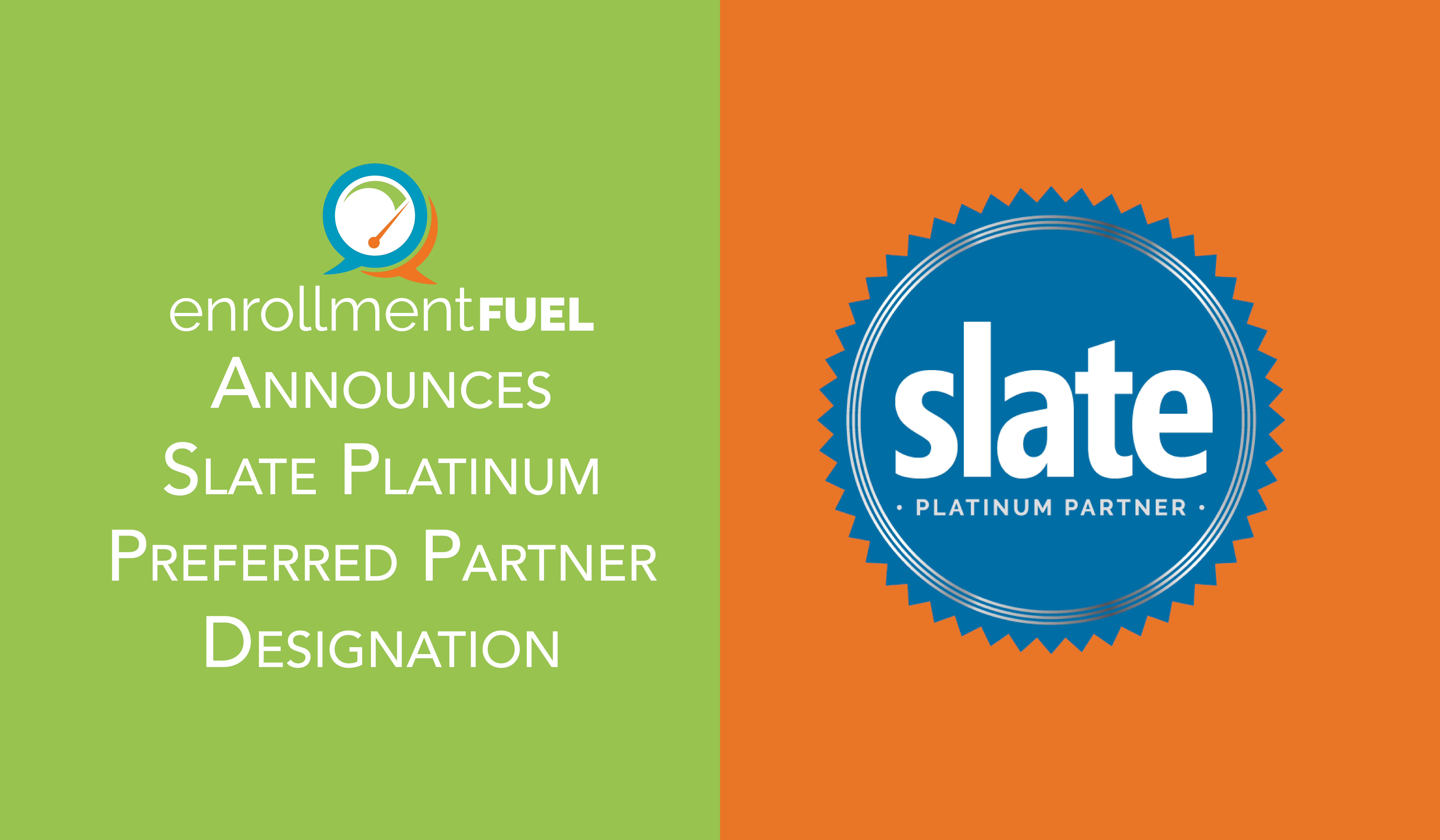Customer Relationship Manager (CRM) software programs have given the recruitment process an advantage in connecting with students in more intentional ways. With so many data points available, it can sometimes become overwhelming to decipher which method is most influential. While each school differs, they share a common goal: provide educational opportunities for students to live their best lives. So, how can institutions connect on relational terms using the information they have? With thousands of students, there must be a way to drive communication towards those who show more interest than others. There should also be ways to reach a student demographic who have historically been attracted to the institution.
For many individuals, behavioral scoring becomes an essential tool to aid this conversation by identifying how students interact with an institution, based upon the communications they have received. Most CRMs are configured to move a student through an engaging communication sequence. Responsive students stand out, allowing admissions offices to identify where to focus.
CRMs can track these actions using saved information, such as email open rates, email click-throughs, campus visits, phone calls (to and from the student), as well as special programs in which they've indicated an interest (i.e., honor programs, summer programs, sports, clubs/organizations, etc.) Other scoring factors include: location, type of high school, and any other available demographics.
Scoring is helpful in many situations - admissions, waitlists, special program offerings, and improving yield numbers. While all students who are tagged as engaged will receive communications, students with higher scores may receive specialized communications. These can be more targeted, and speak to an identified interest, which can prompt enrollment.
Behavioral scoring also allows counselors to manage time by focusing their efforts on the best leads in their territories. Giving the staff access to the data, and educating them on how to use it, also provides them with an excellent professional development tool. They can use the information to make informed decisions to be more creative in their outreach, follow up, and responses. As a result, using information becomes more of a team effort, instead of only a "Dean" effort.
Understanding the audience is key to creating specific communications, and behavioral scoring is an effective tool for this purpose. Take a fresh look at how you are using it and find ways to encourage your staff to use scoring information to connect with students.




